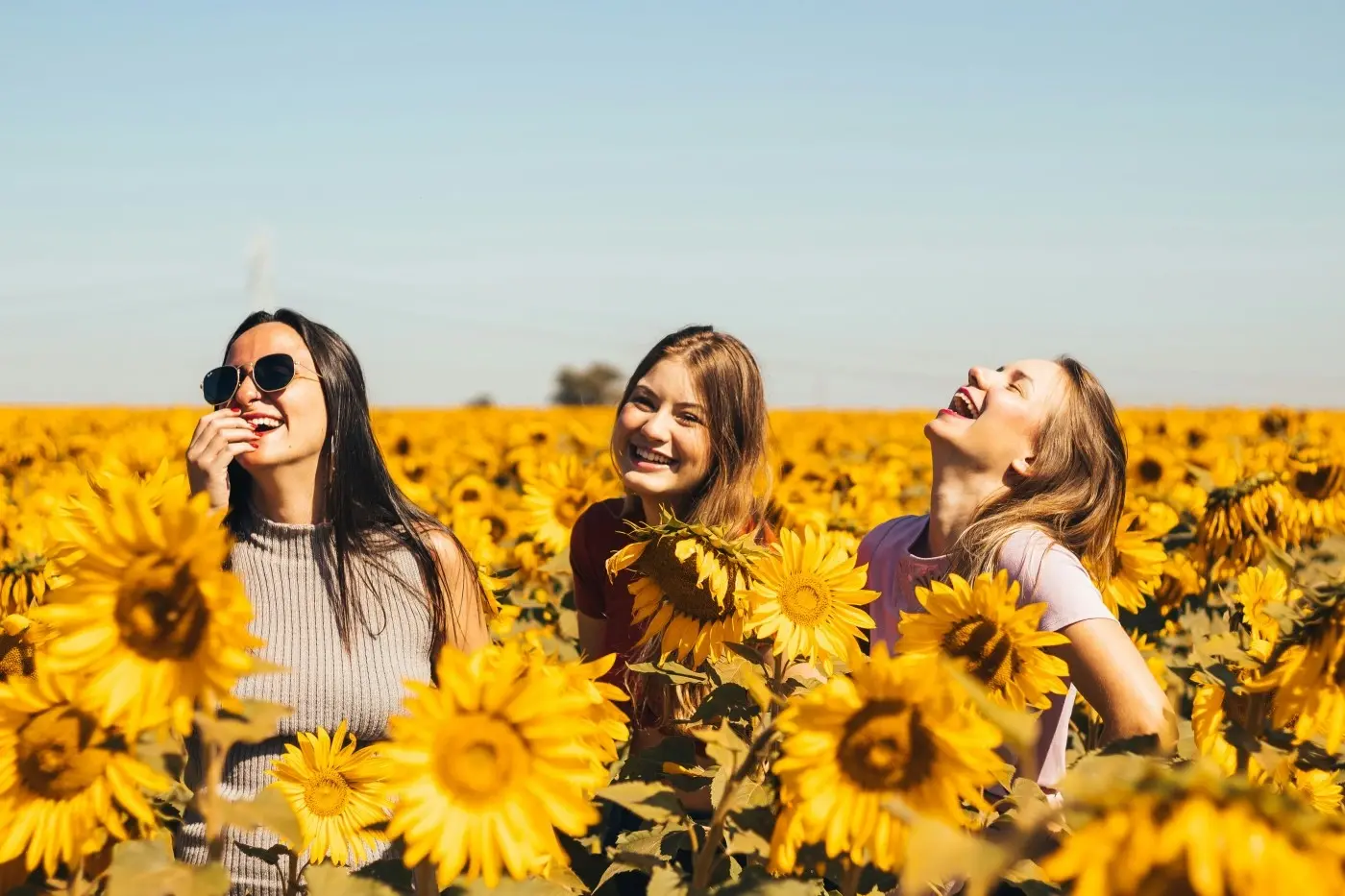Body Language
Communicating, conveying feelings, emphasising statements? Multifaceted and instinctively understood, body language is universal. However, what sets professional models and actors apart from amateurs is their targeted use of facial expressions, gestures and posing .
What is typical body language?
Successful actors and models are masters of body language.They understand how our moods are communicated through our body and know how to consciously control their expressions. Kinesiology, as the science of body language, investigates the particularities of gestures, facial expressions, posture and body movements - from eye contact and handshakes to sitting position, arm, leg and head posture. Furthermore, it examines what the distance between people communicates, highlighting touch as a means of expressing how strongly a counterpart asserts - or relinquishes - their personal protective space.

Why consciously control body language?
In order to give a convincing performance, actors have to ensure that their body language, words, posture, facial expressions and gestures work with one another. Models and actors are aware that gestures, facial expressions and poses have powerful effects. So they constantly work to train their range of expression. Raising their eyebrows in amazement, rolling their eyes in annoyance, opening their mouths in astonishment. If you want to use facial expressions dramatically, you have to study them in others and know how to interpret them correctly. The same applies to models when appearance really matters: how do you come across as soon as you enter the room? According to studies, a few seconds make all the difference. Use this to your advantage during the photo shoot by consciously controlling your body language - what psychologists call embodiment. Every time you pose, you convey emotions that change with every change of posture. Because feelings follow what you do - not the other way round.
What does your posture say about you?
It may be a lot more than you think. Fashion photographers understand this. They immediately notice details like where your gaze is directed and how you hold yourself. They are constantly asking themselves questions about the way in which your stance comes across on camera. For example, are you looking confidently upwards, with your chin raised defiantly - or does your lowered head show vulnerability? It also makes a big difference to photographers whether you are sitting or standing as a model. While a seated posture protects and gives security, a standing (unprotected) position can make you feel more vulnerable but also more powerful, depending on how you compose yourself. The photographer should direct you in order to get the best pose for the context of the shoot.

What are the rules of posing?
The rules of effective postures are centuries old. The Dutch Old masters who emphasised the femininity of the ladies they painted never showed their faces frontally. Their paintings follow the body diagonal, and women’s hands are posed with great consideration. Experienced fashion photographers, the portraitists of modern times, have internalised many of these rules - and are guided by their intuition. But posing work is only fruitful when a relationship of trust is established between photographer and model. This takes time and intimacy and is thus difficult to achieve on assembly line shoots like Germany's Next Top Model.
Why is a photo shooting session a creative process?
Not only your body language as a model, but also the photographer's (body) posture is crucial. Inconspicuous street photographers like Cartier-Bresson are known for making themselves virtually invisible through relaxed posture and facial expressions. A good fashion photographer is your mirror: instead of giving a quick fire of instructions, he or she uses mirroring to create moods. As a fashion photographer, you are the first to adopt a certain pose, cross your arms, smile, throw your head back. Does the model look tense? Then you take a deep breath. The model follows - sensing what is needed. It doesn’t matter if the model is more introverted. Professional fashion photographers don't need to hide her personality to make you her great in photos - they know how to bring the best out of every model.

How does the ability to pose well boost your portfolio?
Your poses are instruments full of persuasive power. Leave standard poses behind in favour of your individual form of expression. Your portfolio should show clients who you are and how versatile you are! Models convey feelings non-verbally, through posture. You can learn to concentrate on this - e.g. from coaches for body language and physiodrama methodology. They train you to sharpen your perception of other person body and the room you're in. Of course, make-up , outfit, hairstyling, lighting and the shooting environment also determine how you feel. The most important thing: be in the here and now! Yes, the photographer is directing you, but as a model you should also understand your own impact and ability. This is the only way to find the niche that emphasises your features - and which posing angles are good to bring out your best.
Are you a model and/or actor dreaming of a big future?
Apply now on starboxx - and increase your chances by registering with our casting and modelling agency . For over 20 years, we have been placing models and actors, newcomers and professionals - in exciting jobs in front of the camera. Registration is free: simply register online and upload your photos straight away!
